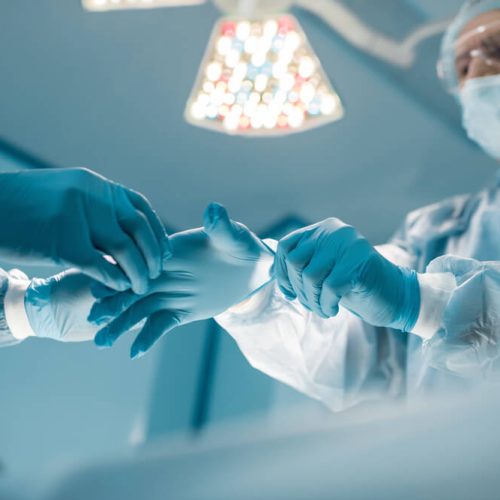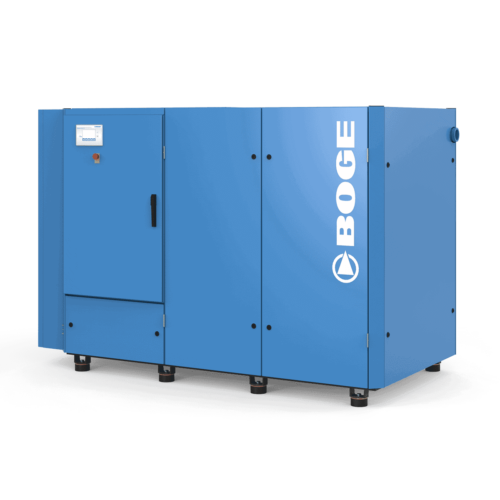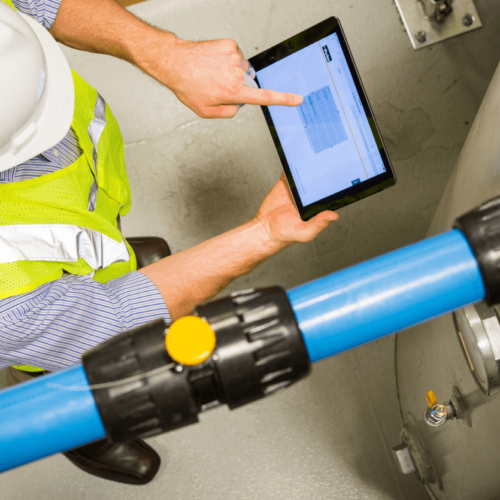Introduction to Medical Vacuums
Medical vacuum systems are a critical part of modern healthcare. From operating rooms to intensive care units, they provide reliable suction for essential medical and surgical procedures. A medical vacuum pump creates negative pressure that removes gases and fluids from enclosed spaces, supporting patient safety and ensuring optimal performance in clinical environments.
Without these systems, hospitals and other healthcare facilities would struggle to maintain efficient and reliable medical systems. Medical vacuum solutions are not only indispensable for patient care but also provide a cost-effective way of delivering suction across multiple areas of a healthcare setting.
Whether used in surgery, wound care, or airway management, medical vacuum pump systems are designed to provide a steady stream of suction and meet the strict standards required in healthcare facilities.
Medical Vacuum Pump Systems
A medical vacuum pump system typically consists of three main components:
- A vacuum pump (commonly rotary vane or claw technology)
- A receiver tank for storage and regulation
- A control panel for monitoring and management
These systems comply with stringent medical regulations, such as EN ISO 7396-1, ensuring they are both safe for patients and effective for clinical teams.
How Medical Vacuum Pumps Work
Medical vacuum pumps operate by creating negative pressure that is transmitted through tubing to suction devices. Depending on the design, pumps may use centrifugal force, lubricated rotary vane technology, or multi-claw mechanisms. Oil lubricated pumps and rotary vane models are particularly common in hospitals due to their efficiency and reliability.
Some systems are powered by electricity, while others may use compressed air. They can be stationary, supporting entire wards, or portable for point-of-care suction needs.
Applications in Healthcare Settings
Medical vacuum systems provide suction for a wide range of medical procedures:
- Airway management: removing mucus and maintaining airway openness in patients with endotracheal tubes.
- Surgical procedures: removing excess blood and bodily fluids to improve surgeon visibility.
- Wound care: draining fluids and exudates to support healing and infection control.
- Critical care: managing pleural effusions or pneumothorax by extracting air or fluids from the pleural space.
- Cosmetic and reconstructive surgery: supporting liposuction and other procedures requiring precise suction.
By enabling these functions, medical vacuum systems enhance patient care and help healthcare facilities operate safely and efficiently.
Maintenance and Reliability of Medical Vacuum Systems
For patient safety and optimal performance, regular maintenance is essential. Over time, debris can clog suction equipment, filters, or traps, reducing efficiency. Preventative checks ensure reliable operation and reduce downtime in hospitals.
Key maintenance considerations include:
- Routine inspection for leaks to avoid unnecessary energy consumption.
- Regular replacement of filters and traps to maintain suction strength.
- Monitoring of alarms for pressure sensitivity and functionality.
- Proper management of ambient temperature and airflow around pump housing.
- Checking for signs of internal wear in sliding vanes or claw shaped rotors.
Reliable suction equipment directly impacts the productivity of surgical teams and can be potentially life-saving in emergency care. With extremely low maintenance requirements on modern systems, healthcare facilities can meet air quality requirements and keep operating costs down.
Product Highlight: CPA Triplex H Medical Vacuum System

One of the most advanced medical vacuum solutions available is the CPA Triplex H Medical Vacuum System. Built on the foundation of proven industrial vacuum systems, it features a triple-lubricated rotary vane vacuum pump with an IE3 motor and a vertically welded, vacuum-tight, painted steel receiver tank.
Key Benefits
- Compliance with EN ISO 7396-1 Standard: ensures medical-grade reliability and safety.
- Energy efficiency: pumps automatically switch on and off based on real-time vacuum demand, saving energy and reducing costs.
- Smart controls: a PLC control panel with touchscreen display (in 8 selectable languages) provides intuitive operation.
- Remote monitoring: standard internet connection allows access from PC or smartphone, with remote assistance capability.
- Data management: stores sensor readings, alarm logs, and user data with the option for email alerts.
Sensors include vacuum switches, ammeter transducers, and room thermometers, with optional monitoring for oil levels and separator filters. Customisable parameters make this system adaptable to different healthcare facility needs.
The CPA Triplex H represents a reliable and cost-effective solution for hospitals and intensive care units that require a high-performance, steady stream of suction for patient care.
Why Medical Vacuum Systems Are Essential in Healthcare
- Provide reliable suction for a wide range of medical procedures.
- Improve patient safety by ensuring airways remain clear.
- Support surgical teams by removing blood and fluids for better visibility.
- Reduce infection risk in wound care.
- Meet strict regulatory requirements for medical gas and vacuum integration.
- Ensure efficient, cost-effective operation when properly maintained.
Reliable medical vacuum systems are not a luxury; they are a necessity in every healthcare facility.
Get in Touch with Cleveland
At Cleveland, we provide high-quality medical vacuum pump systems that support patient safety, energy efficiency, and long-term reliability. Whether you need expert advice, installation, or maintenance support, our team can help you choose the right solution for your healthcare facility.
Contact Cleveland today to learn more about our comprehensive range of medical vacuum solutions and find the best system for your needs.


